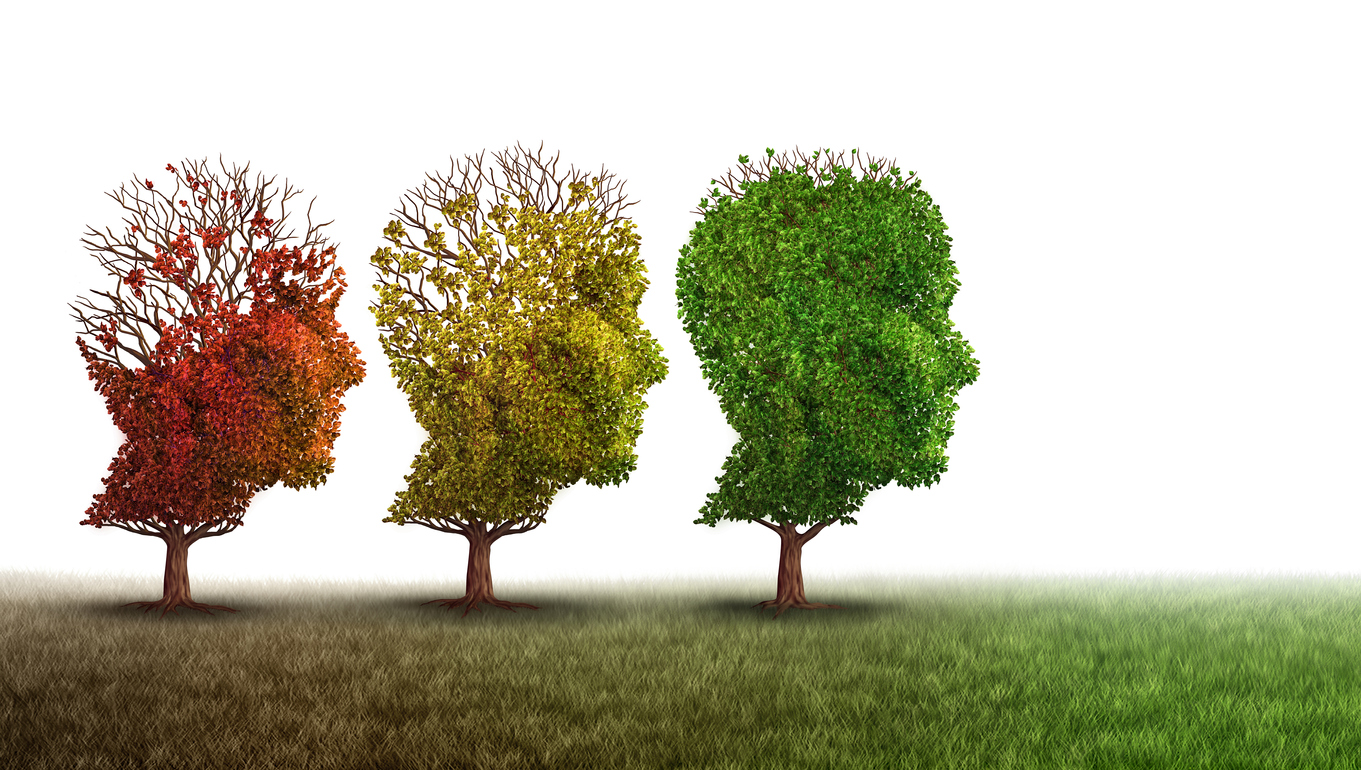Getting Better with Age

It never fails. Anytime I find myself speaking to a group of Boomers, I'll ask for a show of hands from those who feel like they're living the best years of their lives right now. Invariably, all of the hands in the room go up, and when I then ask if next year is going to be even better, every single hand that was up stays up. What's up with that?
What the show of hands is demonstrating is the irrational approach to aging that has become the norm for today's Baby Boomers. They're replacing the stereotype of age with a spirit of agelessness and optimism for the future. Welcome to the age of getting better with age. If Baby Boomers believe that they're getting better with age, then we, as marketers, need to get better at the way we market toage. That begins with understanding why this generation envisions improvement with age when medical science has evidence to the contrary.
The answer lies in understanding the psychology of aging, which is the aspect of aging that matters most to us as marketers. The biology of aging is pretty clear -- we're born, we grow, we decline and then we die. If you're in your 20s, none of this matters because you have your whole life yet to live. But if you're in your 60s, you're starting to come to terms with the finite limitations on life. Since the rational part of this age-stage is fundamentally unpleasant -- i.e. advancing morbidity and the inevitability of mortality -- we offset it with a more positive scenario that fits our desired view of the future. This is the emotional, irrational side of our brain working overtime to convince us that everything is going to be as wonderful as we want it to be.
So, if this explains why Boomers are acting irrationally about their age, what do we do with it? Simply said, we must present our offerings in a way that is consistent with, and complementary to, their aspirational self-image.
More specifically:
See the world the way they see it. There's a saying that if you want to see how a lion hunts, don't go to the zoo; go to the jungle. To see the world the way the aging consumer sees it, you need to spend lots of time with them, living in their lives. Sure, we're all busy and it's tempting to take an easy path like reading research reports, but that's akin to a trip to the zoo -- i.e. you would be looking for answers in the wrong place. Marketing fails to get aging right because most of the people creating the messages have yet to live a life of age. Therein lies the challenge -- the best marketing to age requires a pithy understanding of someone who most of us can't relate to and, therefore, can't speak to. The eye can only see what the mind is prepared to comprehend, so you need to be willing to get out there and see things in a way that you've never seen them before.
Speak their language. This is an obvious requirement of all communications and it's as basic as it gets; seek first to be understood and then strive to persuade. While it's not easy to become fluent in the language of age, you can at least master some of the ABCs, like avoiding the use of numbers or colors. Describing a product as a 50+ variant is akin to putting a scarlet letter on it. To people of age, numbers are stigmatizing labels and obvious signs that you don't understand them. Ditto for colors. Don't talk about the grey hair that you want to fix when you can be talking about how amazing their hair can look. And don't use phrases that suggest that they're old and broken. A person of age does not want to hear a doctor talk about degenerative loss when it's much more appealing to be told that you're dealing with the normal "wear and tear" of a life well-lived.
In the end, every word matters and it can be the difference between success and failure. You must be relentlessly focused on the smallest of details to get it just right.
Be authentic in an aspirational way. Everyone wants simple, silver bullet solutions, so I'm often asked which thing is the most important thing when it comes to marketing to age. In a word, authenticity. Most of what's out there is inauthentic because it's perpetuating a stereotype of age that's no longer representative of the new age of age. Take retirement for one. With more people working longer than ever before, the traditional concept of retirement -- an exit/stop stage -- is no longer relevant. People of age want to see themselves represented authentically but in a way that's also aspirational. The cliché: a care-free, gray-haired couple walking hand-in-hand on an empty Florida beach at sunset. The reality: a lively, multi-generational beach cookout on Cape Cod. Authenticity alone doesn't cut it, as there's a risk of portraying too much reality. Deliver too much aspiration without being grounded in authenticity and you risk making promises of dreams that won't come true. As with most marketing, it's all about balance. When you get it right, you'll be seen as a brand that gets people of age.
We live in the age of aging, and no other force will do more to profoundly shape our world, our people and the policies that sustain our quality of life. Yet for all of its power and potential, the business vision for global aging is still lagging the trend. Now is the time to get out in front by getting better with age.
Image at top courtesy of BoomAgers.
Click the social buttons above or below to share this story with your friends and colleagues.
The opinions and points of view expressed in this content are exclusively the views of the author and/or subject(s) and do not necessarily represent the views of MediaVillage.com/MyersBizNet, Inc. management or associated writers.


